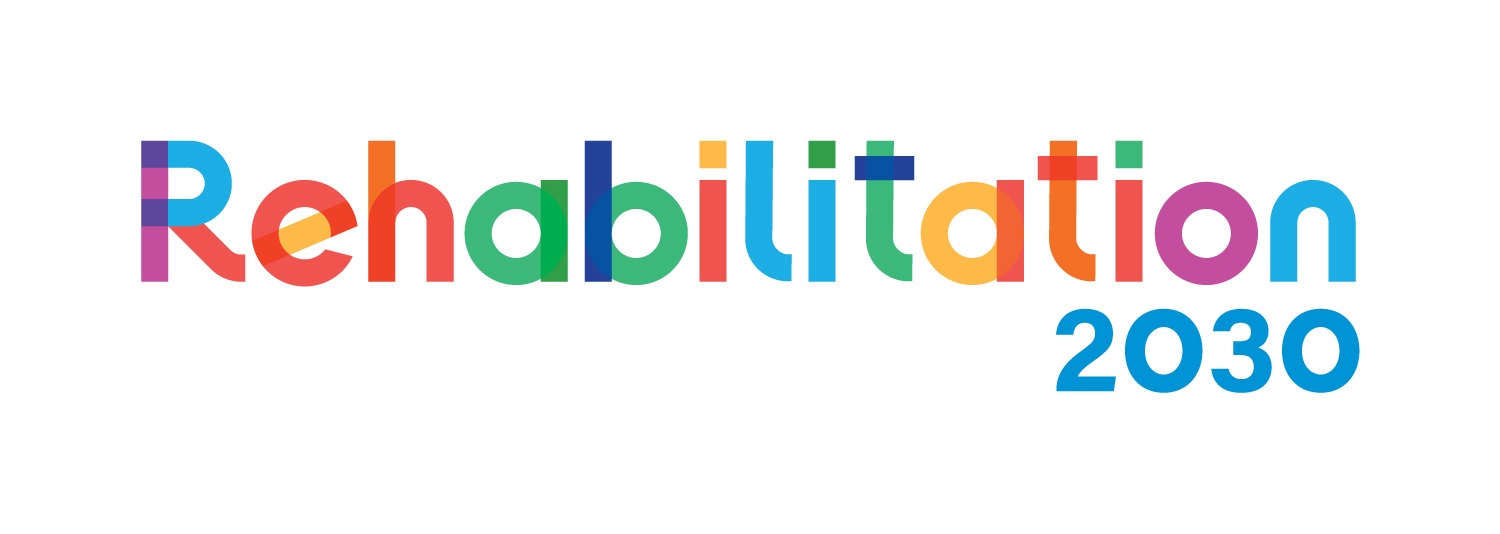2. Plan

Planning how to deliver rehabilitation interventions for community and social engagement follows the assessment using the information gathered.
In this module, the 3 steps previously outlined in the ‘Introduction to Rehabilitation’ and ‘Introduction to Self-Care’ modules also apply in the ‘PLAN’ phase of this module.
These are:
- Set a rehabilitation goal
- Select the right intervention and its dosage
- Support where needed with a referral to additional services
The following are factors with examples to consider when selecting the right interventions for community and social engagement:
- Identify
the community and social activities that the person wants
to work on.
For example, while one person may wish to return back to an activity they used to do, another may not, and may prefer to try something new.
- Identify the elements in the
person’s environment that can be used or modified to improve community and social engagement
For example, if there is a wheelchair tennis team in the community, it may be helpful to recommend it to a person with a lower limb amputation who is interested in tennis.
- Consider
which assistive products the person may benefit from
and how to make these available to the person.
For example, find out if there is a community support service (church, mosque etc) to help fund the purchase of a sports wheelchair.
Refer to the assistive products module for indications and how to select, fit and use these assistive products.
- Consider how to fit the community and social
engagement interventions into the person’s schedule.
For example, consider other personal and work demands in the person’s life, and discuss the activities that are conducive to these.
- Consider
the most appropriate frequency and duration for
carrying out the community and social engagement interventions.
For example, educate and advise the person to engage with community members at the local community center as often as possible.
Remember to:
- Find a quiet place to avoid distractions
- Involve caregivers or family members when appropriate
- Try to give education and advice using words that align with the person’s level of health literacy
![]() Question
Question

Meet Aisha
Aisha is a 27 year old tennis player who slipped
fell and injured her spine leaving her paralyzed in her legs. She has been
undergoing rehabilitation and is motivated about building her muscle strength.
Aisha has been discussing the possibility of playing tennis but due to her
muscle weakness, the health professional suggested that she tries wheelchair
tennis. Aisha is motivated to play wheelchair tennis but does not know of any
clubs to train with.
There is a wheelchair tennis club in the
community but the health professional does not like that club for personal
reasons and so instead recommends the club in another community which is about 2
hours drive away.
Aisha lives with her mother who works and is unable to take time off work to assist her while she travels to the other community with the wheelchair tennis club. Aisha reports after a month that although she would love to enroll in wheelchair tennis, she has been unable to do so.
Which of the following might be the reason Aisha has still not started any recreational activity?
- a. Aisha is not trying hard enough to get enrolled
- b. Aisha has lost interest in wheelchair tennis
- c. The health professional did not consider the environmental factors affecting Aisha enrolment in wheelchair tennis.
- d. None of the above
If you selected c, you are correct.
The health professional should have considered the Aisha’s environment including putting personal feelings aside and recommending the wheelchair tennis club in her community. She should have also considered how Aisha was going to get to the club in the other community and the assistance she would require getting there.